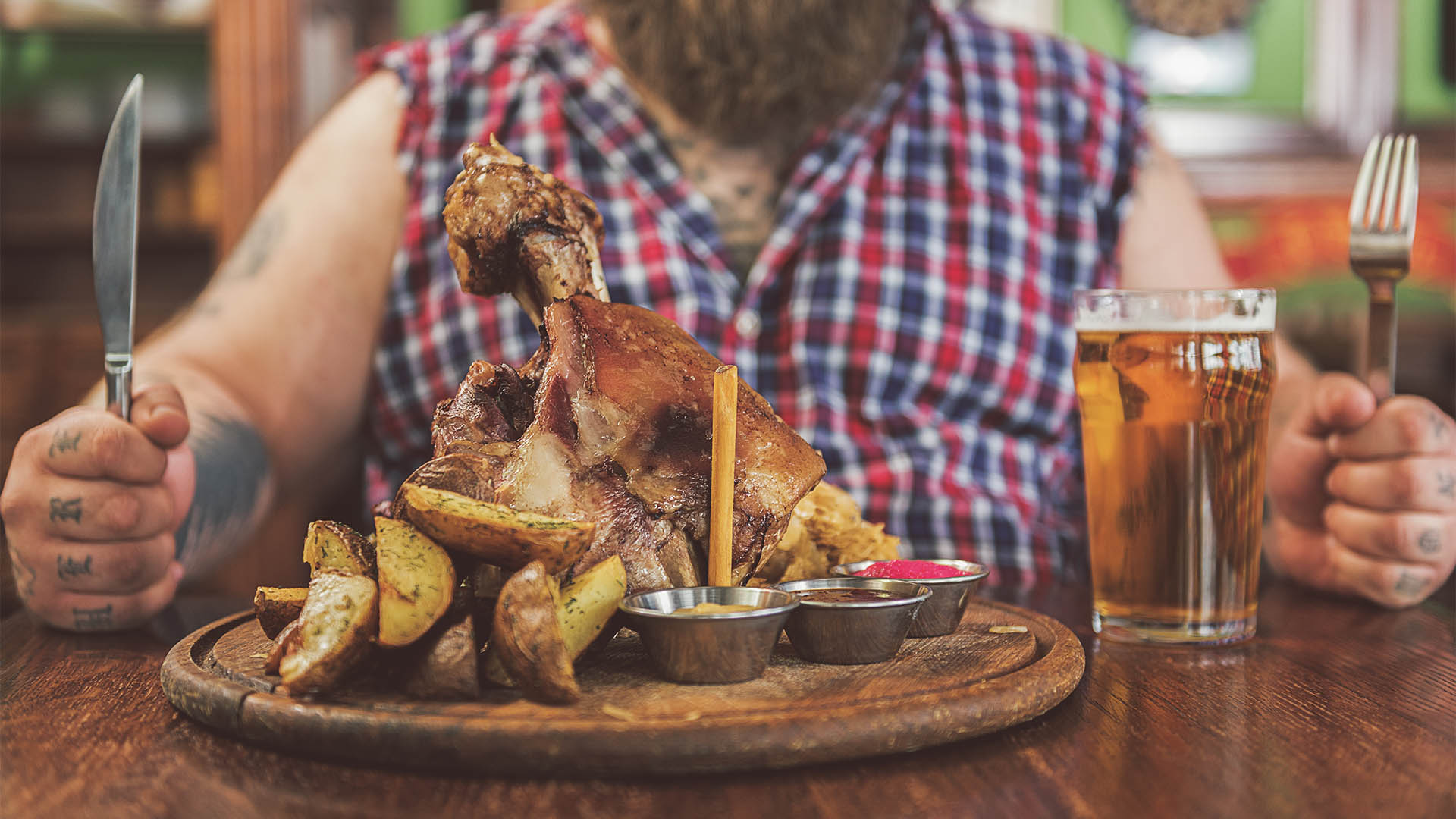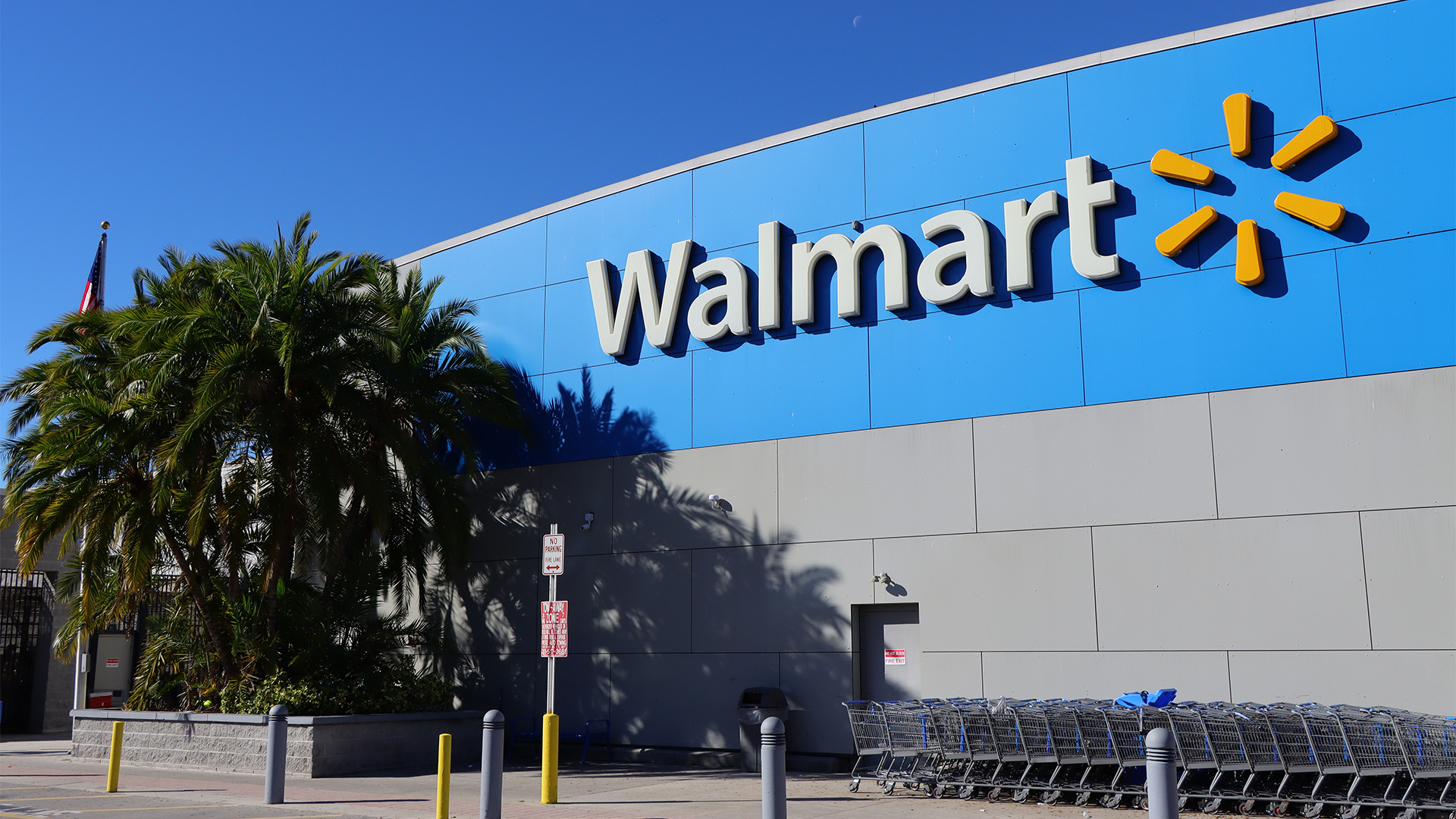In its final economic data for November, China has given us a foretaste of what economic activity (and reporting) will be like in the first half – at least – of 2023, as Covid infection waves ravage the economy and millions of unprotected people.
And investors around the world, including Australia, had better be ready for increased price volatility in early 2023.
The situation is getting serious and state media this week emphasised that China plans to expand domestic demand so it will play a bigger role in economic growth as the country recovers from Covid, saying external conditions had become “complex and serious”.
The country’s trade data earlier this month gave us a hint with big falls in exports and imports – especially of consumer goods and components while consumer inflation growth slowed in November and producer prices went backwards for a second month.
But Thursday’s monthly production, investment and retail sales data laid out the damage in November which was not impacted as dramatically as the current surge in infections so far this month.
November was when the government tried new measures to control Covid infections, attempted to limit the damage to the economy and work forces but triggered a surge in protests, riots and passive rebellions by hundreds of thousands of people across the country.
That in turn forced the government of President Xi Jinping into a stunning reversal of all previous attempts at control with Chinese being told to take personal responsibility for protecting themselves rather than depending on the state.
The government is no long tracking asymptomatic Covid cases which have long been the biggest source of new infections/
Now the country’s health system is being swamped, the economy seems to be spluttering and we won’t know for a month what the true damage is.
But it signals a miserable Lunar New Year break for the country starting January 22.
China’s unemployment rate told part of the story, rising to 5.7% in November from 5.5% in October and the highest since May when it was 5.9%.
Retail sales shrank 5.9% in the 11 months to November after a half a per cent fall in October. November’s contraction was double the market forecasts for a shrinkage of 2.9%.
This was the second monthly fall in a row and the worst since May. Economists said household spending deteriorated due to the impact of a new wave of Covid infections and ongoing restrictions. Sales shrank for all categories of retailing, from cars to food and whitegoods. Retail sales are down 0.1% for the first 11 months of 2022.
Industrial production rose just 2% in the 11 months to November, less than half the 5% rate in October and a forecast for a rise of 4%.
This was the weakest growth in industrial production since May (and the first major wave of Covid this year) thanks to rising infections and strict curbs (now abandoned) as well as the downturn in the property sector.
Among sectors, output of manufacturing softened in utilities, while mining activity accelerated as stocks of coal, oil and gas were built for the winter heating season that started on November 15.
Coal production topped 4 billion tonnes in the first 11 months of the year for the first time and will probably top 4.4 billion by the end of this month.
Steel production again fell – down to 74.5 million tonnes in November, down 6.5% from October and the weakest performance this year.
Production fell more than 14% from September’s 87 million tonnes although the November figure was higher than a year ago when it totalled 69.3 million.
Weak demand from property and construction was blamed for the weakness since September but the fall underlines the puzzle of the recent strength in iron ore prices which have been above $US100 a tonne for 62 Fe fines (the global pricing benchmark) since December 1 ($US109 a tonne on the SGX in Singapore on Thursday).
In the first 11 months, production is down 1.4% from 2021 levels and the weakness heading into 2023 is going to be bad news for iron ore companies like BHP, Rio Tinto and Fortescue.
Urban investment eased to a 5.3% growth rate from 5.8% in October as companies cut spending on new facilities in primary and tertiary areas of the economy. Investment in mining and manufacturing though maintained October’s levels.
Finally, the house price index shrank 1.6% in November from October, which was slightly better than forecasts for a fall of 1.8%.













